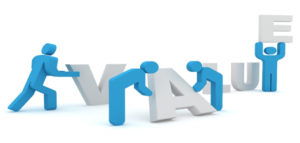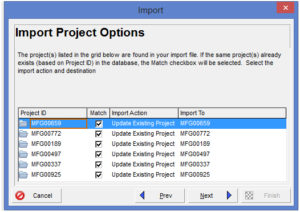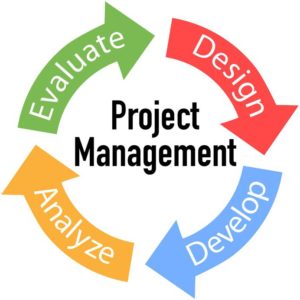 The question is project management, that has been asked frequently and quite readily is how the things both tangible and intangible can be determined, the cost and effectiveness. What is its value exactly? Value is a concept that varies from organization to organization and encompasses the total sum of all profits, gains and losses.
The question is project management, that has been asked frequently and quite readily is how the things both tangible and intangible can be determined, the cost and effectiveness. What is its value exactly? Value is a concept that varies from organization to organization and encompasses the total sum of all profits, gains and losses.
When the value which can be seen and determined is easy but what about the intangible ones. The clear ones can get you return, and you can easily get where the return is? The intangible elements the project can generate.
Businesses primarily consists of things are tangible, but things which are intangible can have great impact on businesses changing the way they operate, how employees are managed, how products are designed and sold. Intangibles can be classified as benefits or assets (resources). The benefits classified as intangible consists of subjective approaches and views about a company that can’t be expressed in terms of money.
The challenge is finding and tracing these valued intangibles. Keeping in mind, most of the value will be created in the minds of the investors or stakeholders.
Project management is considered as a central process in businesses used to oversee and control specific activities. The results of project management from that of the project as a whole cannot be differentiated and if they can, this might be a difficult thing to do. It definitely takes time and money to manage a project. The benefits include, both in terms of tangible and intangible.
One of the very basic tangible benefits that adds value to the business or project is budget management.
It is a major benefit that includes budgetary savings. Project managers are responsible for controlling budgets, making decisions how the resources need to be allocated, in order to get the best return.
Second major tangible benefit is meeting deadlines, which majorly includes managing your time. The completion of project requires two main things, completing it in budget and in time, meeting the deadline is very crucial to success of the project which ultimately adds value to the business and in return stakeholders get a sense of reliability over the project management team.
The intangible benefits can be managing risk and team work.
Discussing the prior, risk management is important as well as a difficult task to do. The reason being its difficult quantifying as compared to cost savings. The only thing project managers can do is evaluate the factors that can cause harm to the project and plan a strategy to avoid it to the best of their knowledge.
It might contains some tangible benefits too like placing a financial metrics for placing a tangible value on risk. The intangible benefit is taking the risk when it’s best to take it, the appropriate move to make. The sign of a skilled project manager is he can lead the team to its objectives but remain flexible to react to changing risk factors.
Another intangible benefit is team work, one of the key factors that affects project management is its allocation of human resources. The right person for the right job and their ability to work in coordination to achieve a common goal.










